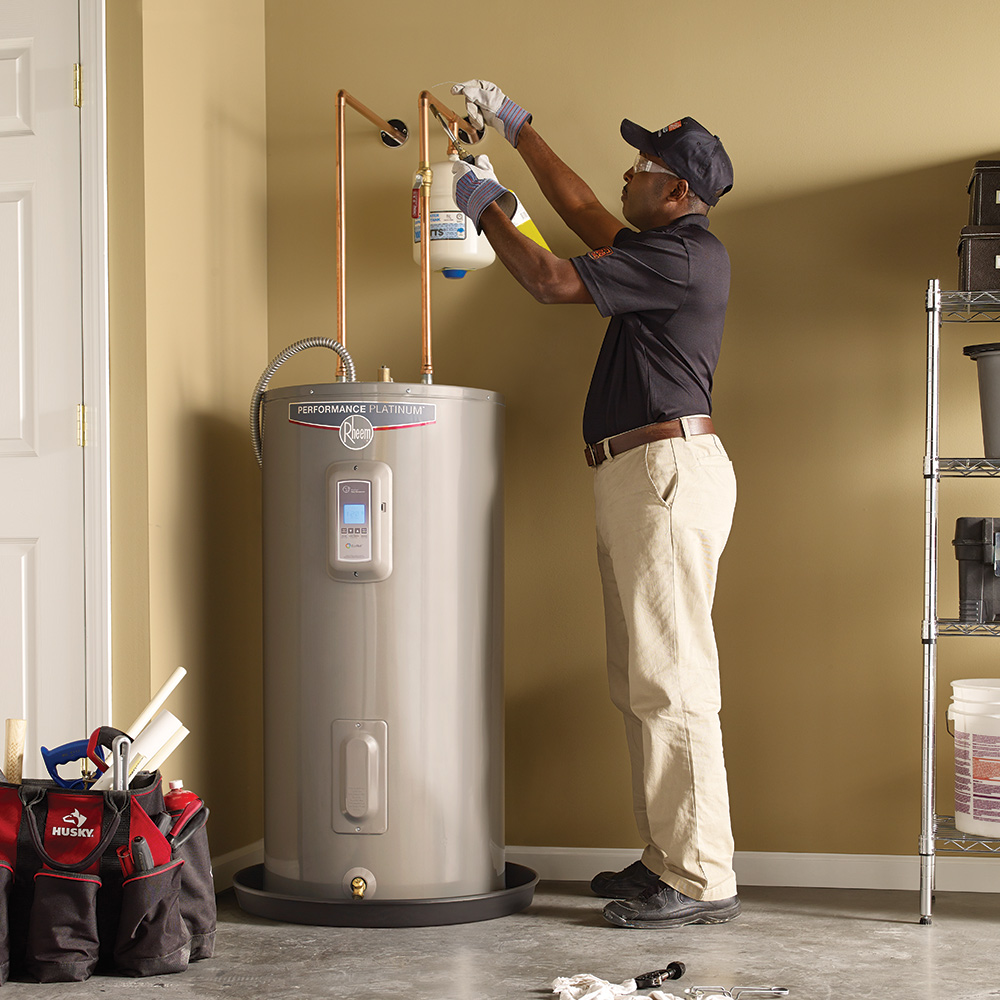Were you in search of ideas concerning How to Maintain Your Water Heater & Prolong its Life?

Warm water is essential for everyday comfort, whether it's for a refreshing shower or cleaning dishes. To ensure your warm water system runs effectively and lasts much longer, regular upkeep is key. This post gives functional ideas and understandings on how to keep your home's hot water system to stay clear of disruptions and expensive fixings.
Introduction
Preserving your home's warm water system may appear challenging, however with a couple of easy steps, you can guarantee it operates efficiently for many years ahead. This guide covers whatever from comprehending your warm water system to do it yourself maintenance ideas and recognizing when to call in expert aid.
Importance of Preserving Your Warm Water System
Normal maintenance not just prolongs the life-span of your hot water system yet additionally ensures it operates effectively. Disregarding maintenance can result in reduced performance, greater power bills, and even premature failing of the system.
Indicators Your Warm Water System Demands Maintenance
Understanding when your warm water system needs attention can avoid significant problems. Keep an eye out for indicators such as inconsistent water temperature, unusual noises from the heater, or rustic water.
Flushing the Hot Water Heater
Flushing your water heater eliminates debris build-up, improving efficiency and prolonging its life.
Checking and Replacing Anode Rods
Anode rods avoid rust inside the storage tank. Examining and changing them when worn is vital.
Complicated Problems Calling For Expert Help
Examples include major leaks, electrical problems, or if your water heater is consistently underperforming.
Routine Expert Maintenance Perks
Expert maintenance can include extensive assessments, tune-ups, and guaranteeing compliance with safety criteria.
Checking and Readjusting Temperature Level Settings
Changing the temperature settings makes certain optimum efficiency and security.
DIY Tips for Maintenance
You can execute numerous upkeep tasks yourself to maintain your warm water system in top problem.
Looking for Leakages
Consistently check pipes and connections for leakages, as these can cause water damage and higher costs.
Understanding Your Warm Water System
Prior to diving into maintenance jobs, it's practical to comprehend the basic parts of your warm water system. Normally, this consists of the hot water heater itself, pipes, anode poles, and temperature level controls.
Monthly Upkeep Tasks
Routine monthly checks can aid capture minor concerns prior to they escalate.
Examining Pressure Alleviation Valves
Testing the stress relief valve guarantees it operates properly and prevents too much pressure build-up.
Protecting Pipes
Shielding hot water pipelines decreases warmth loss and can conserve energy.
When to Call an Expert
While DIY maintenance is helpful, some issues call for expert competence.
Verdict
Regular upkeep of your home's hot water system is necessary for efficiency, long life, and cost financial savings. By following these ideas and knowing when to look for professional assistance, you can make certain a trusted supply of hot water without unexpected interruptions.
How to Maintain an Instant Hot Water Heater
- Before tinkering with your hot water heater, make sure that it’s not powered on. You also have to turn off the main circuit breaker and shut off the main gas line to prevent accidents. Also turn off the water valves connected to your unit to prevent water from flowing into and out of the appliance.
- 2. When you’re done, you have to detach the purge valves’ caps. These look like the letter “T” and are situated on either side of the water valves. Doing so will release any pressure that has accumulated inside the valves while at the same time avoid hot water from shooting out and burning your skin.
- 3. When the purge valves’ caps are removed, you have to connect your hosing lines to the valves. Your unit should have come with three hoses but if it didn’t, you can purchase these things from any hardware or home repair shops. You can also get them from retail stores that sell water heating systems. Read the user’s manual and follow it to complete this task properly. When the hosing lines are connected, open the purge port’s valves.
- 4. You should never use harsh chemical cleaners or solutions when cleaning your unit. Make use of white vinegar instead. It should be undiluted and you’ll probably use about 2 gallons.
- 5. Now flush your water heater. This task should probably take about 40 minutes. We can’t give you specific directions for this because the procedure is carried out depending on the type, model and brand of your heater. With that being said, refer to the user’s manual.
- 6. When you’re done draining the unit, you have to turn off the purge port valves again. Remove the hosing lines that you earlier installed on each of the water valves. Put the valve caps (purge port) back in their respective places and be very careful so as not to damage the rubber discs that are found inside these caps.
- 7. Now that everything’s back in place, check your user’s manual again to find out how to reactivate your water heating system.
- 8. Once it is working, turn one of your hot water faucets on just to let air pass through the heater’s water supply pipes. Leave the tap on until water flows smoothly out of it.
https://www.orrplumbing.com/blog/2014/september/how-to-maintain-an-instant-hot-water-heater/

As an avid reader on Tips on Maintaining a Water Heater, I figured sharing that article post was important. Are you aware of someone else who is enthusiastic about the subject? Take a moment to share it. I appreciate your readership.
Book Services
Comments on “Professional Advice for Caring for Your Home's Hot Water SystemSteps on How to Care for Your Home's Hot Water System Effectively”